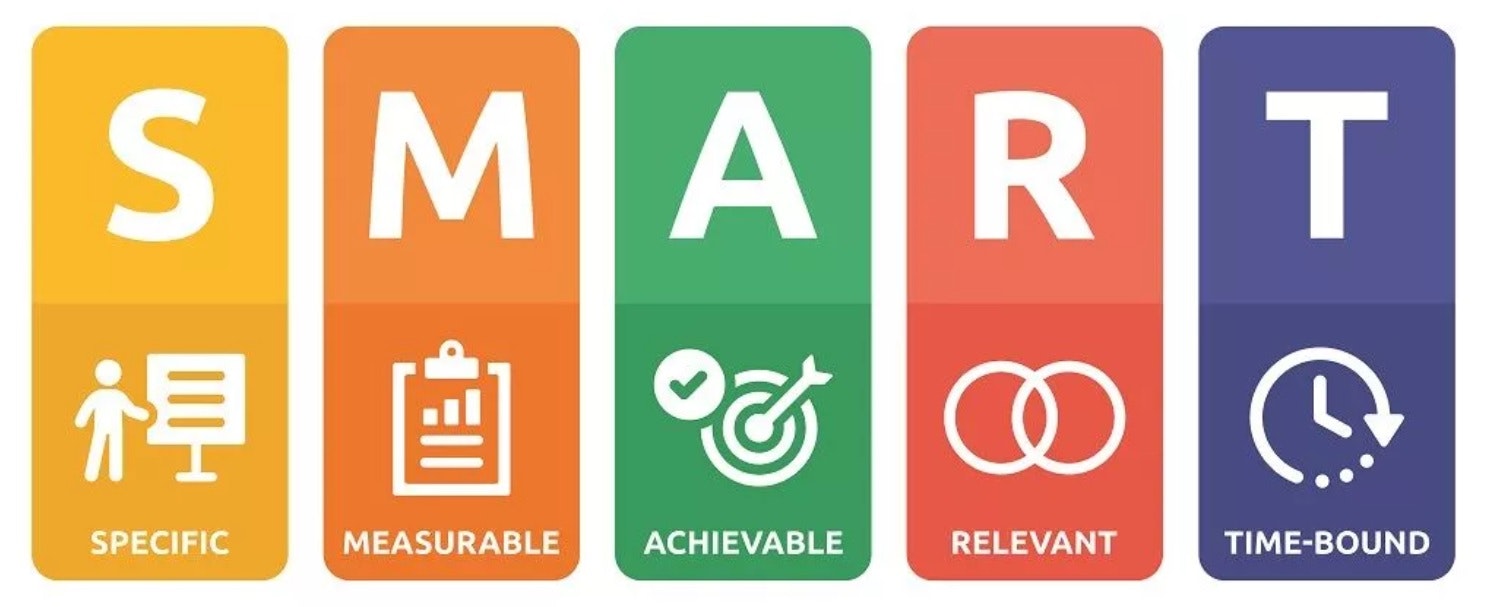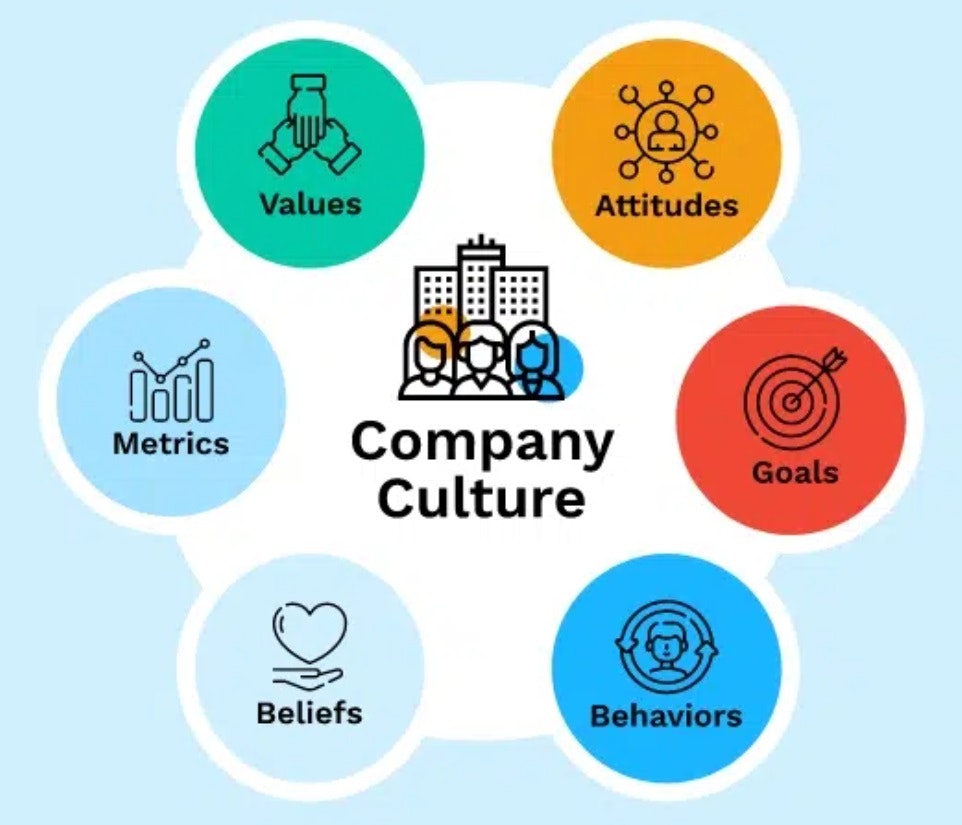
The world’s most successful brands are able to consistently and reliably tap into their industry and niche. They know what their competitors are up to, as well as the state of the market and projections for where it’s going.
But having this knowledge doesn’t come easy—you have to become a master of gathering competitive intelligence. A strong competitive intelligence strategy is like a continuous stream of information, covering several aspects of the business you’re in, and examining it from many different angles.
So how can you join the ranks of competitive intelligence professionals? While there’s no single right way to jump in, we’re going to cover some of the key points and strategies you should have under your belt.
Start selling online now with Shopify
Start your free trial



What is competitive intelligence?
Competitive intelligence is the systematic gathering and analysis of industry-specific data. This data can range from your competitors’ social media presence and brand positioning to their product catalogs, pricing tiers, and even customer service. Competitive intelligence provides a complete picture of your competitors’ strategies by consolidating and interpreting these individual data points.
Businesses of all sizes and sectors utilize competitive intelligence programs to stay ahead of the curve. By maintaining an acute awareness of the competitive landscape within their industry, these companies are better positioned to make strategic decisions and gain a competitive advantage.
Why is competitive intelligence important?
There are infinite data points that exist at any given time. When you can leverage them strategically, you’re able to gain knowledge about even the most intricate pieces of what’s happening in your business landscape—and more importantly, how you can stay on the offense and make sure you’re taking advantage of every opportunity.
Here are a few of the top benefits of following strategic intelligence best practices:
Better understanding of your market
Sure, you can go on your best hunch. Or you can tap into cold, hard data. A competitive intelligence platform can help you confirm whether your top competitors are using the same operational and marketing strategies, how they’re performing, and how you might improve.
Better decision-making
When your decisions are made on the basis of data rather than assumptions, you’re in a much better position for success. One of the top reasons that businesses fail lies in their decision-making processes: how they’ve decided their next steps and what they decide to pursue. Competitive analysis can help inform those decisions and shape your business trajectory.
More accurate performance benchmarks
By using your competitors as examples, you can have a better idea of where to invest your time and resources. For example, you might find that your top competition is wildly successful on Instagram, but performs poorly on Facebook. This might be an indicator that you should invest more in Instagram than Facebook for your social media marketing strategy.

Source
How to do competitive intelligence research
There are tons of competitive intelligence best practices, and each business will have unique processes that work best. Let’s look at a few basic tips to help you build your own.
Find out who your top competitors are
You can’t get a competitive edge without knowing your competitors. Identify your top two or three competitors to start keeping track of. If you have more, it can be a good idea to list those too and keep a less close eye on them. But when you’re just starting out, you want to keep your data streams smaller and more manageable.
To pick the most appropriate competitors, consider which businesses your ideal customers might shop with if they weren’t shopping from you—companies in the same niche, with similar or identical products and similar brand identities.
Set SMART goals
It will be easier and more effective to choose your competitive intelligence tools, processes, and strategies once you know what you’re trying to accomplish. Try setting goals using the SMART model:
- Specific
- Measurable
- Achievable
- Relevant
- Time-bound

Source
An example of a SMART goal might be: “We want to double our Instagram following from 1,000 to 2,000 followers in the next six months.” This goal checks off all five of the SMART criteria: you know what you want to accomplish and when you want to accomplish it, and it’s actually a reasonable goal.
Once you have one to three goals, you can hone in on your competitive intelligence data to see how you can use it to accomplish those goals.
For example, the above goal might lead you to look closer at the types of content your competitors are posting on Instagram, which types of content glean the most engagement, and which products generate the most buzz. You might also get inspiration for promotional activities, like contests or partnerships with influencers or other brands.
Collect market intelligence sources
The beauty of competitive intelligence programs is that you can glean data from pretty much anywhere. Here are some top data sources to add to your plan:
- Competitor websites for overall strategy, audience persona info, pricing, messaging, and branding
- Social media posts for topic ideas and identifying winning (or losing) strategies to engage your audience
- Social media groups and forums, such as Facebook groups, LinkedIn groups, and Reddit activity
- Press releases for new product info and competitor business updates
- Online job posts, which might suggest the company is growing or shifting strategies
- Brand info aggregators like Hoover’s Online or Dun & Bradstreet
- Competitive intelligence tools like Semrush, Similarweb, Ahrefs, Market Explorer, and Kompyte
You should also tap into people as resources. For example, your sales team might learn about your competitors through their own sales process, including independent research and calls with leads and prospects.
Build it into your company culture
True competitive intelligence professionals weave this process and mindset into the foundations of their business strategy. It’s not just a pile of reports you compile every quarter: it’s information that informs all departments of your business, shaping how you operate and what you’re working toward. It runs inside the culture of your company—your values, attitudes, goals, behaviors, beliefs, and business metrics.
In many cases, sound competitor intelligence influences businesses to pivot away from previous plans to work toward new, more promising, and data-driven ones. As you grow your database of market intelligence data, you’ll likely feel a pull in a new direction that you hadn’t felt the need to pursue before.

Source
Gather, analyze, apply, repeat
The most effective competitive intelligence programs aren’t a one-and-done process. They constantly gather and analyze information, draw conclusions, and create action plans based on the findings, apply them, and take note of their progress.
This happens in continuous cycles, keeping the strategies that work and tweaking the strategies that don’t. After all, the business landscape is constantly changing. So too should your competitive strategy.
Just remember that it’s all a process. You won’t be perfect from the start. The important thing is to keep going, learning, and growing along the way.
Competitive intelligence FAQ
What is a competitive intelligence example?
Competitive intelligence covers everything from doing user research to analyzing websites of your competitors, and more. It’s the process of understanding the competition and business environment to help your store gain a competitive edge.
What’s the difference between competitive intelligence and market intelligence?
Competitive intelligence focuses primarily on understanding the competition, whereas market intelligence concentrates on users and customers. To build a well-rounded business strategy, you must consider both approaches, as they complement each other and offer different perspectives on the overall market.
What are the top competitive intelligence tools?
- Crayon
- G2
- Wappalyzer
- SemRush
- Ahrefs
- Owler
Start selling online now with Shopify
Start your free trial



Want to learn more?
- 20 Tips for Using Quora for Ecommerce Marketing
- What is Market Segmentation? A Quick Guide
- The Best Urgency and Scarcity Tactics to Increase Your Sales
- How to Make Sales From Impulse Buyers